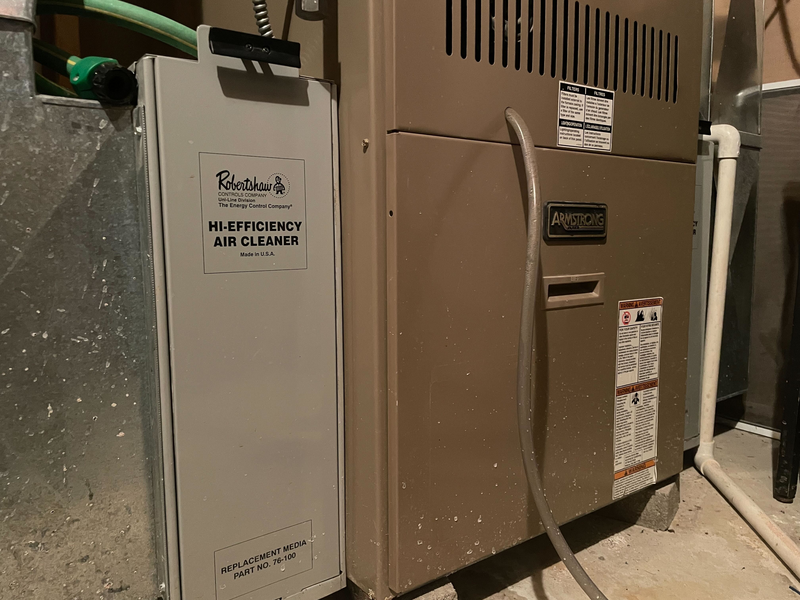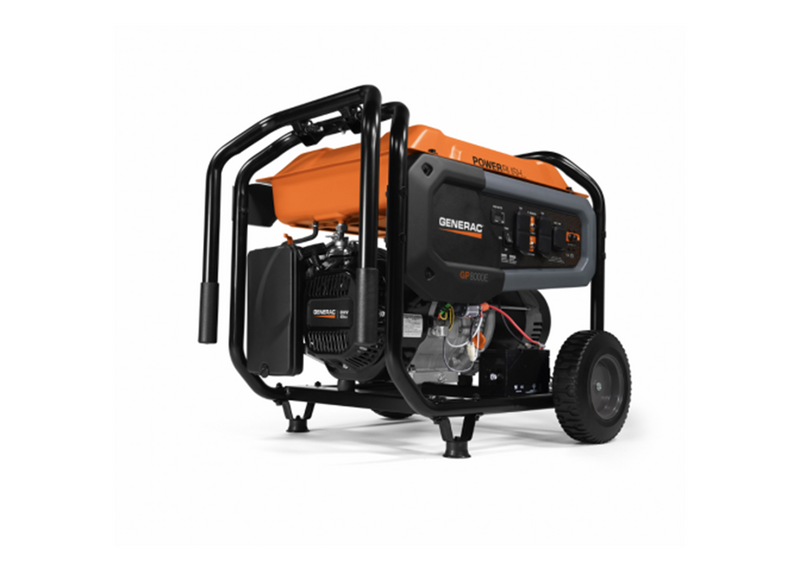- AppliancesElectriciansHVACLandscapingLocksmithPest ControlPlumbingRenovationRoofingT V RepairAll Home Improvement
- Car AccidentClass ActionCorporate LawCriminal DefenseDivorce LawEmployment LawFamily LawFinancial LawLegal AidMedical Injury LawyersMedical MalpracticeReal Estate LawWater Fire RestorationAll Legal
- InvestmentRetirementAll Finance
- Animal InsuranceAutoGeneral InsuranceHealth PolicyHome RentersAll Insurance
- DentalHealth SpecialistsAll Medical
- Animal CareVeterinaryAll Pets
- Auto GlassTowingAll Automotive
Can You Run a Furnace Off of a Generator?

During a winter power outage, the temperature inside your home can drop quickly, and discomfort isn’t the only problem this can cause. Pipes can freeze — and even burst — in an unheated house, leaving you without running water and putting your house at risk of flooding.
Read More Home Improvement Articles
But, with the right generator, you can run a household furnace and avoid problems related to cold-weather blackouts. Here’s what you should know.
Whole-house generators are permanently hardwired into your electrical panel and can typically handle 22,000 watts or more, so you can supply electricity to your entire home. They're often referred to as standby generators because they turn on automatically when the power goes out, which means the lights stay on and appliances keep running, with minimal interruption. These high-capacity units usually run on propane or natural gas and may be attached to an available mainline, so you never have to worry about filling a tank.
Because these permanent units can supply uninterrupted power to your home for extended periods, they’re safe for running most residential furnaces. However, to ensure their reliability, they should be maintained regularly by replacing belts, hoses, batteries and fluids, as needed. Unless you have experience with electrical wiring and plumbing that involves flammable liquids, you should leave the installation and maintenance of a hardwired generator to a licensed professional.

Can a Portable Generator Run a Household Furnace?
If you lose electricity, gas-powered portable generators can fuel essential appliances, such as refrigerators, microwaves and space heaters. It’s also possible to run a furnace off of a portable generator. However, because electric furnaces can take up to 25,000 watts to start and run, you’ll need a higher-capacity generator to power them. Additionally, because most portable generators have integrated outlets that let you plug appliances directly into them, you may need to take additional steps to connect a furnace to a generator.
More Related Articles:
- Hiring an HVAC Tech? Here are 5 Top Tips
- What's in My HVAC Technician's Van?
- HVAC Out? 5 Common Causes and Quick Fixes for Each
- How Much Does an HVAC Filter Cost?
- HVAC Upkeep Costs: Everything You Need to Know
If you want to power your furnace during an outage, you’ll need a generator with a capacity that’s equal to or larger than the wattage required to start and run your furnace fan. For example, a furnace with a 1/4 horsepower fan typically takes about 600 watts to run and an additional 1,000 watts to start, whereas a furnace with a 1/2 horsepower fan uses about 875 watts to run and an additional 2,350 to start.
If you also plan to run other appliances, sum up the running-wattage requirements of all the items you want to power, then add on the highest additional starting watts of those appliances. Your generator needs to have a capacity equal to or greater than the total. However, by staggering the use of your appliances, you may be able to use a smaller generator.
How Do You Run a Furnace Off a Generator?
If you have a hardwired generator installed, you won’t need to do anything. Because the unit is connected to your electrical panel, it can power everything in your home. However, if you have a portable generator, you’ll need a transfer switch to run your furnace. This power switch lets you transfer power for multiple circuits from your main source of electricity to your generator.
A licensed electrician can easily install a transfer switch next to your home’s main electrical panel. However, savvy DIYers with electrical experience may also be able to execute this fairly simple installation.
Safety Considerations When Using a Portable Generator to Power a Household Furnace
Safety should always come first when using a portable generator to power a furnace or household appliance. Keep your unit outside on a flat surface, at least 10 feet from your home, and run heavy-duty extension cords through an open door or window to reach the appliances you want to power. A carbon monoxide detector can alert you to a dangerous buildup of exhaust inside your home. Before you attempt to connect a portable generator to your furnace, refer to the manufacturer’s instructions for specific safety information about your model.
Elocal Editorial Content is for educational and entertainment purposes only. Editorial Content should not be used as a substitute for advice from a licensed professional in your state reviewing your issue. Systems, equipment, issues and circumstances vary. Follow the manufacturer's safety precautions. The opinions, beliefs and viewpoints expressed by the eLocal Editorial Team and other third-party content providers do not necessarily reflect the opinions, beliefs and viewpoints of eLocal or its affiliate companies. Use of the Blog is subject to the
Website Terms and Conditions.The eLocal Editorial Team operates independently of eLocal USA's marketing and sales decisions.



